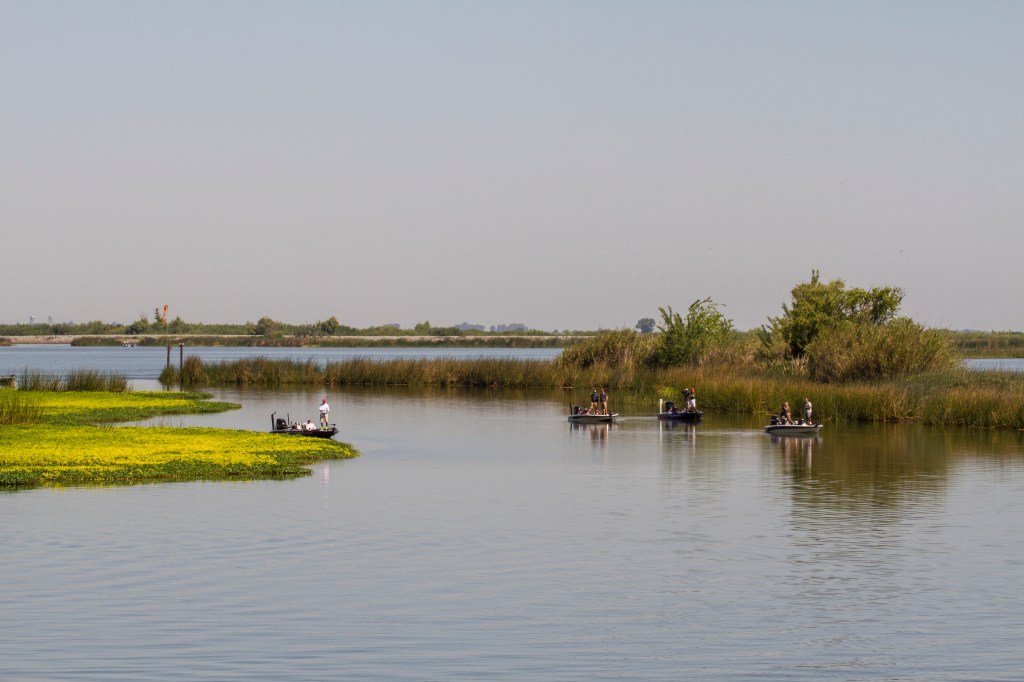
The record drought taking place in the West sadly continues to add to a long list of adverse impacts. From drinking water shortages to public health issues, the implications are far-reaching. The long-term consequences for bass anglers are unclear. In the short term, however, the resulting reduction in outflows through the California Delta’s myriad rivers, tule-lined sloughs and flooded islands are having a positive effect on the largemouth community. With the system’s already big fish getting even bigger thanks to increases in vegetation and prey, these tidal waters remain one of the best fisheries in the nation. It took five bass averaging almost 7 pounds apiece to win an early April Best Bass Tournament Trail event. Big fish at that one went 10.04. At the end of the month, at a two-day NewJen Bass contest, pros and amateurs weighed in 30 largemouth over 6 pounds. The winning pro locked up the victory by bringing 39.37 pounds to the scales on the second day of competition.
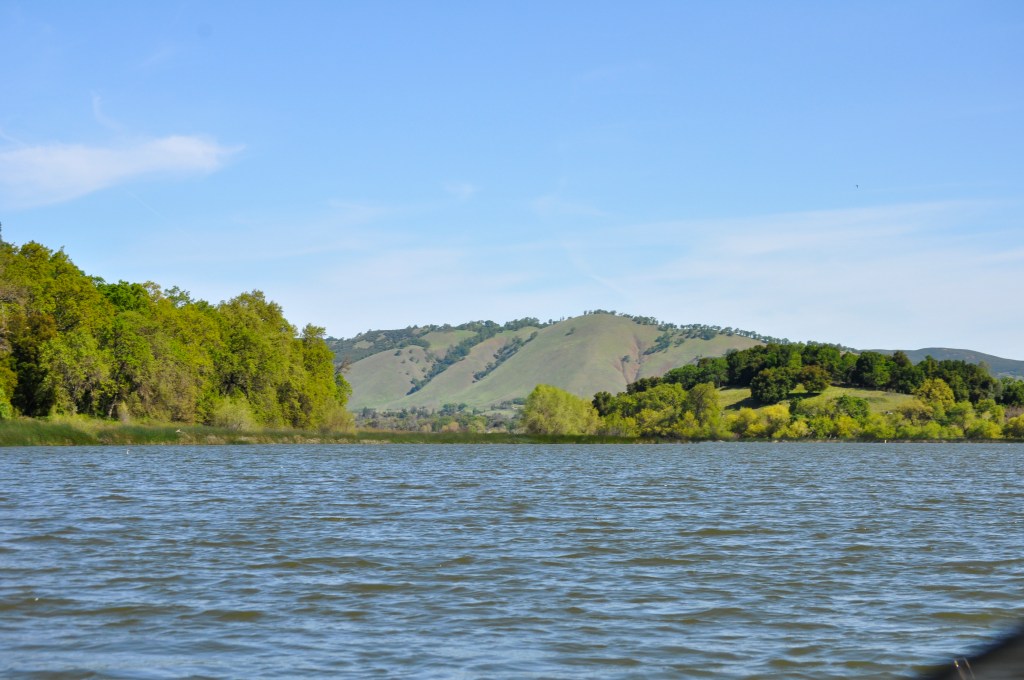
With more trophy largemouth weighed in here than at any other Western lake or reservoir, the Golden State’s largest natural body of water remains the ultimate big-bass factory. Clear Lake provides ample opportunities for not only the fish of a lifetime, but for limits of every angler’s dreams. It took an 8- to 10-pound bass to claim big-fish honors at 60% of the tournaments surveyed this year. That includes 47 bags over 20 pounds during a Wild West Bass Trail Pro-Am in March. Big fish was a 10.88-pound bruiser.
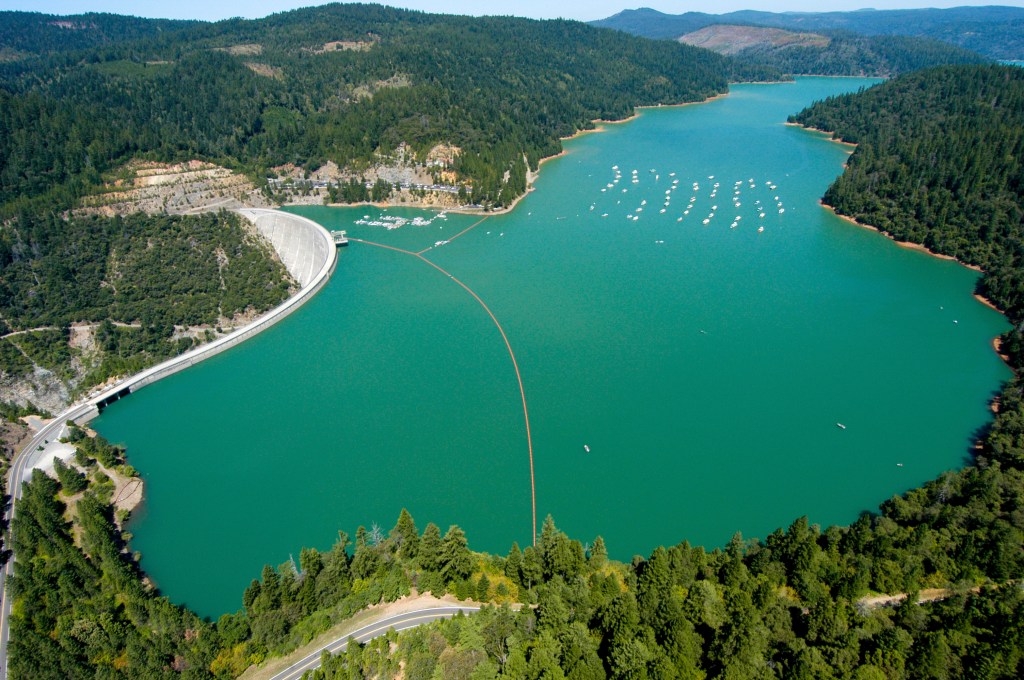
The bass lurking in the turquoise waters of this Tahoe National Forest reservoir can be finicky, but their selective eating habits are part of the reason they grow to monstrous sizes. Spots are the name of the game here, with multiple state and world records broken over the years. And it happened once again this past February when Nathaniel Hilligoss claimed the new record with an 11-pound, 5-ounce fish, beating the previous benchmark set in 2017 by Nick Dulleck by a single ounce.
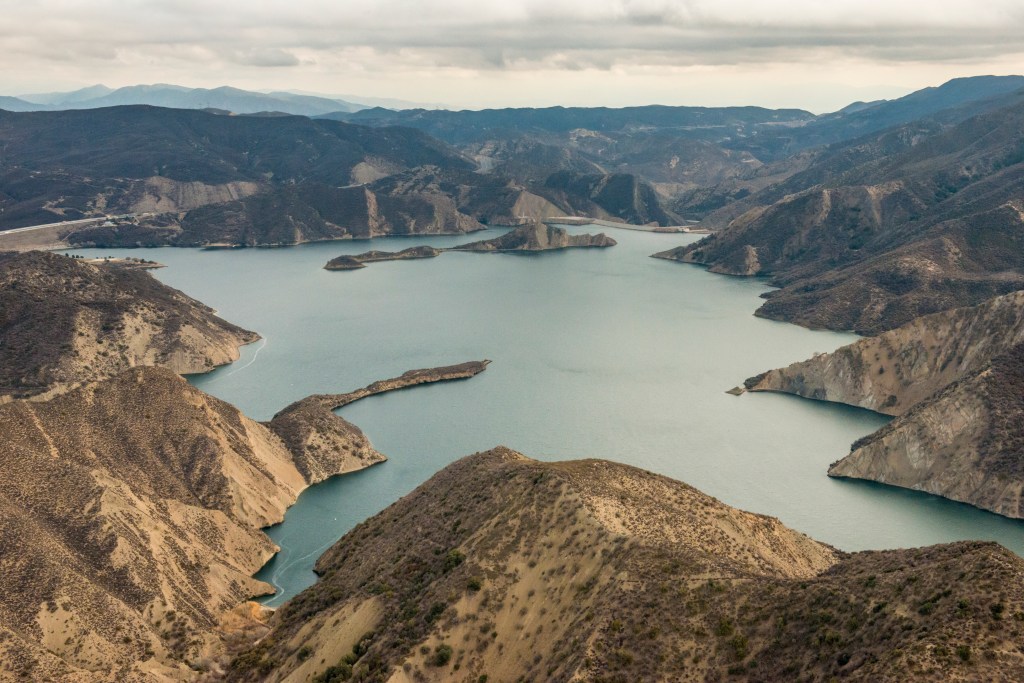
Not to be confused with Nevada’s Truckee River impoundment of the same name, this California State Water Project reservoir is a popular recreational destination. That means anglers can expect lots of company given that it’s less than 1 1/2 hours from Los Angeles. Although most of Pyramid’s bass are average, its trophies are huge. It took only 20 pounds to win Best Bass Tournament Trail contests here in February and April, but big fish at the events tipped the scale at 10.43 and 12.61 pounds, respectively.
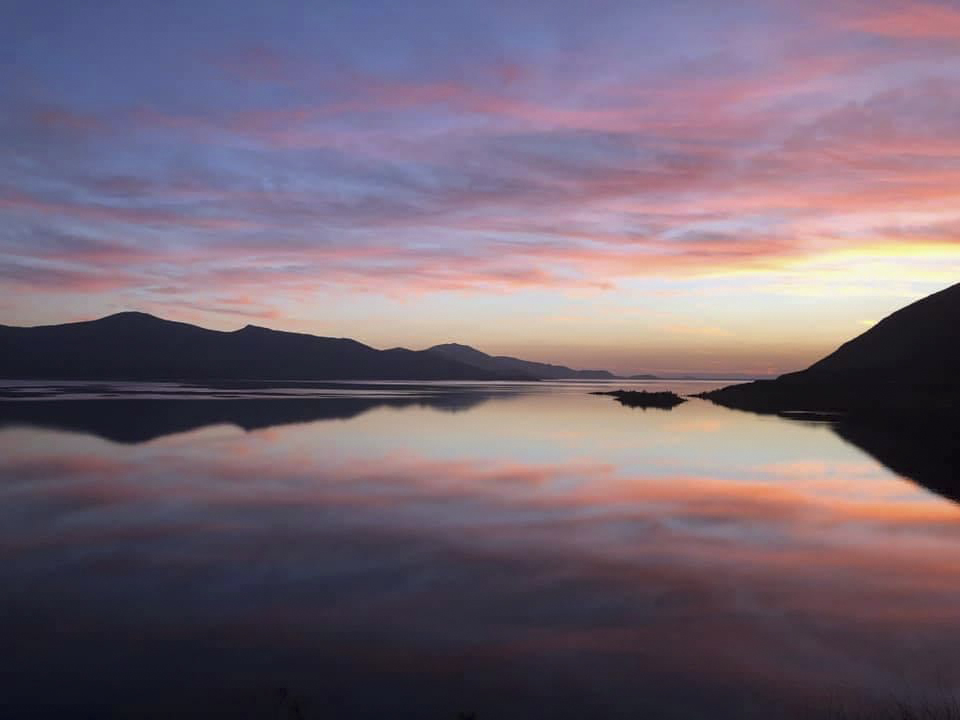
Diamond Valley is southern California’s largest reservoir and part of the drinking water supply for the region’s 19 million people. The average weight of a five-bass limit here is down some but still noteworthy at 24.6 pounds (compared to almost 28 pounds last year). Massive fish, however, are still common. It took a largemouth over 6 pounds to claim the big-bass prize at all but one of the tournaments we surveyed. The biggest of the bunch, caught during a National Bass West team event, was 9.02.
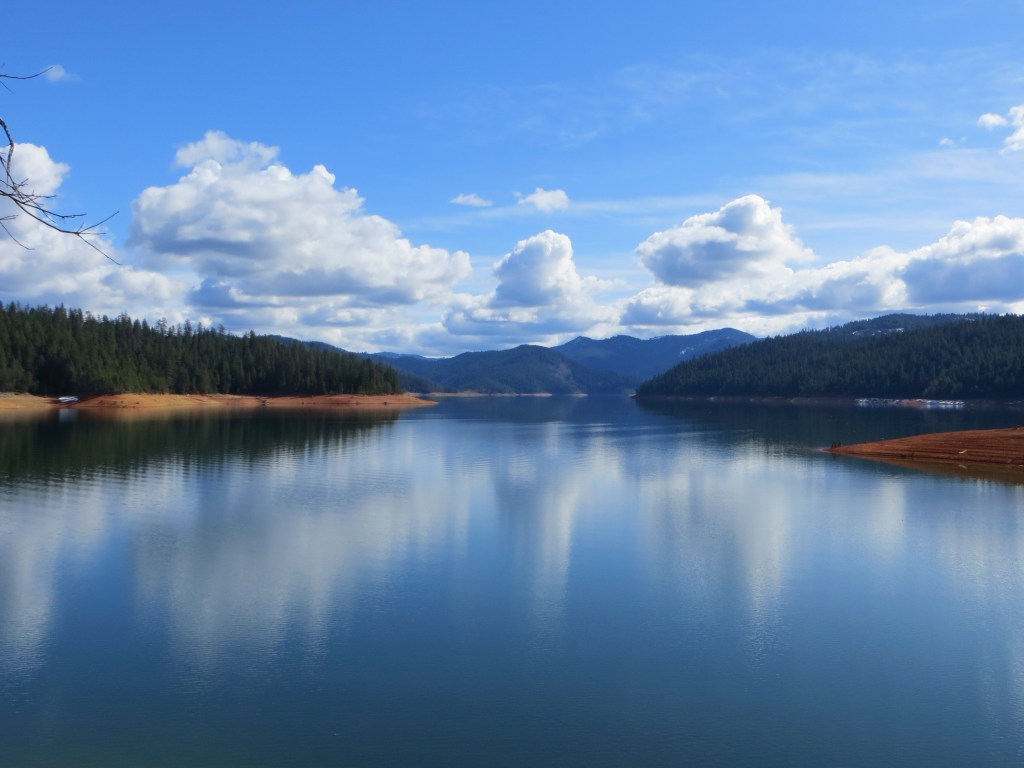
Trinity is one of California’s largest reservoirs, but it doesn’t get much attention as a bass angler’s mecca. That may be due to the 90-minute drive along a windy mountain road that is necessary to get to the ramp. It may also be the outcome of the destination’s tight-lipped regulars who don’t want others to know about the quality fishing available here. The champion at a Wild West Bass Trail Apex Pro Tour event in April won with 33.29 pounds during the final round of competition and said that he landed 25 fish over 5 pounds that day.
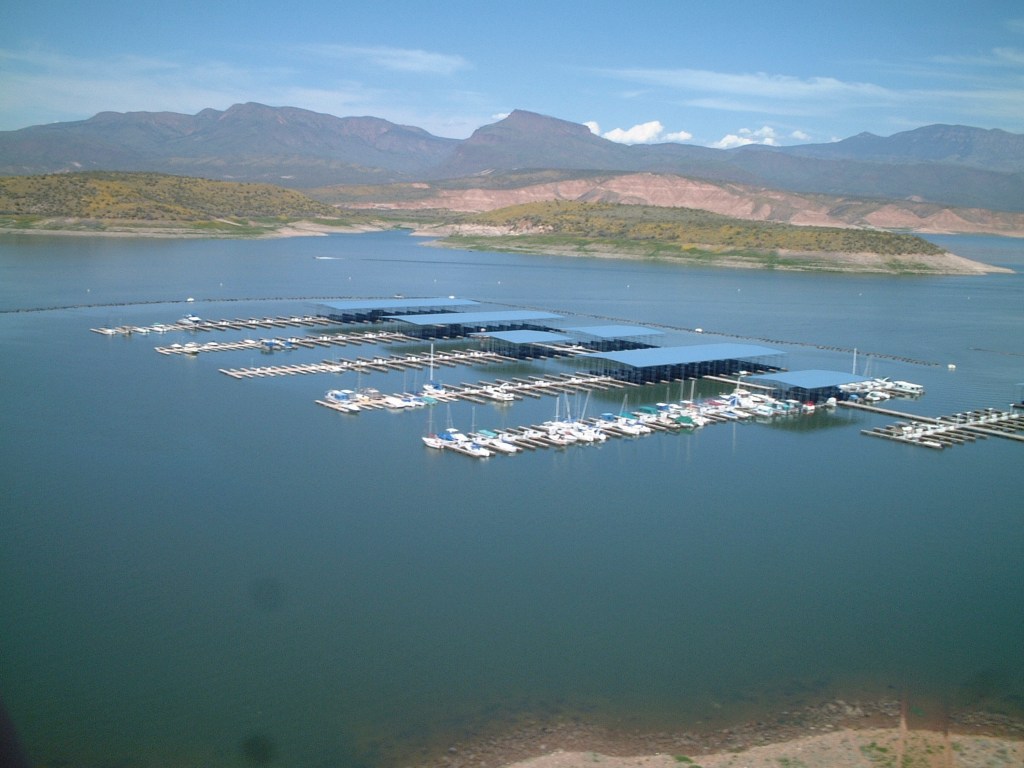
Theodore Roosevelt Lake is central Arizona’s largest body of water, and the fishing has been up and down since a 14-pound largemouth and the state record smallie were recorded in 1988. But with better management, the fishery has been improving. Anglers won’t find the heaviest averages here, but there is still a decent chance of hooking into a trophy fish. Big bass at a Wild West Bass Trail team contest in early April was 8.01 pounds. There were also 7.97- and 7.04-pound fish brought to the scales.
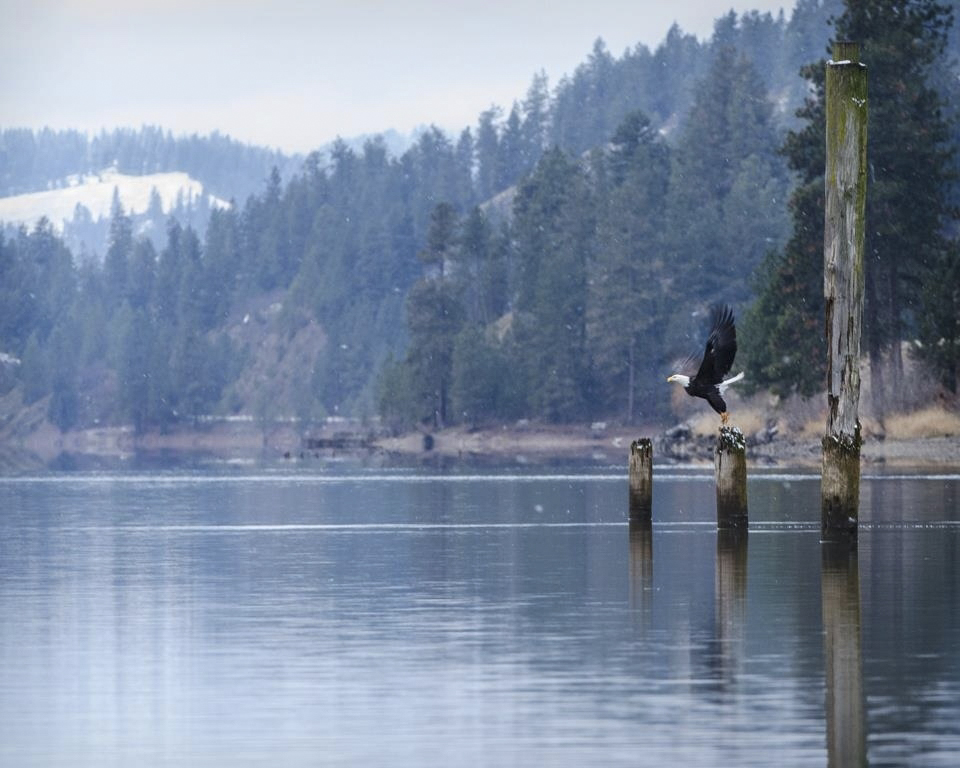
While the frigid waters at this glacial lake aren’t for faint-of-heart swimmers, they are ideal for its monster northern pike, trout and landlocked salmon. But according to Martin Koenig, sportfishing program coordinator for the Idaho Department of Fish and Game, it also suits bass. Even with peak August temperatures barely touching 70 degrees, CDA’s smallmouth and largemouth get big. A Montana Bass Federation event in April was won with 23.08, with an 8.17-pound big fish indicating what an anomaly this place is.
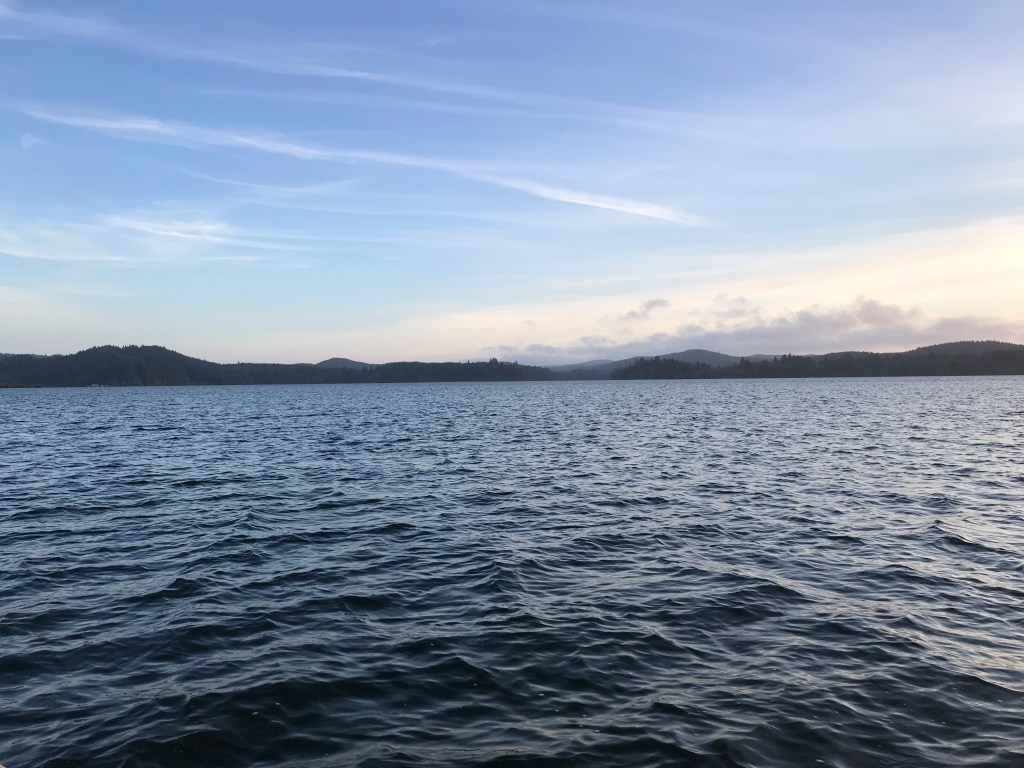
Siltcoos is a low-elevation coastal lake, sitting a mere 3 miles from the ocean and only 13 feet above sea level. And Northern waters like this are typically void of productive structure and cover, resulting in below-par bass in terms of size. This place, however, challenges the norm with an abundance of steep dropoffs, fallen timber and submerged vegetation. The result is this year’s top Pacific Northwest pick. It took 44.23 pounds to win a two-day Emerald Bass Club tournament here in April. Big bass went 8.61.

This has always been the place to go for huge bronzebacks. Sadly, fewer trophies have been the result of recent decreases in kokanee, one of their favorite meals. Things, however, are changing. And the title of a March 28, 2022, Idaho Fish and Game paper says it all: “Kokanee numbers high in Dworshak Reservoir; expect high catch rates of small kokanee, improved growth of smallmouth bass.” The effect is already evident. The Clearwater Bass Anglers of Idaho held a tournament in April; big fish were 7.56 and 7.48 monster smallies.
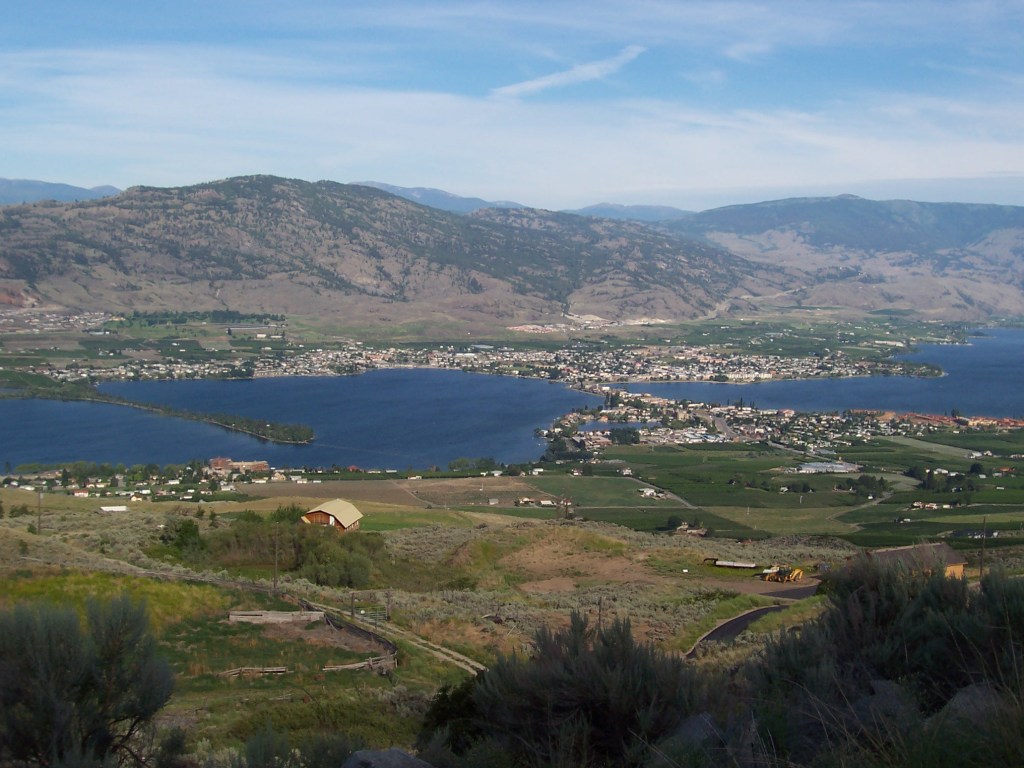
Osoyoos is a long, narrow lake spanning the border between Washington and British Columbia. It may seem like a long way to travel to fish a far North body of water that is unlikely to produce trophy bass, but anglers make the trip because they know there are indeed lots of chunky smallmouth and largemouth in the 5-pound class. In 2021, Shane Hoelzle took the fly tackle 2-pound tippet world record here with a 7.6-pound largemouth. And it took a 5.16-pound average to win an Okanogan Valley Club event this past April.
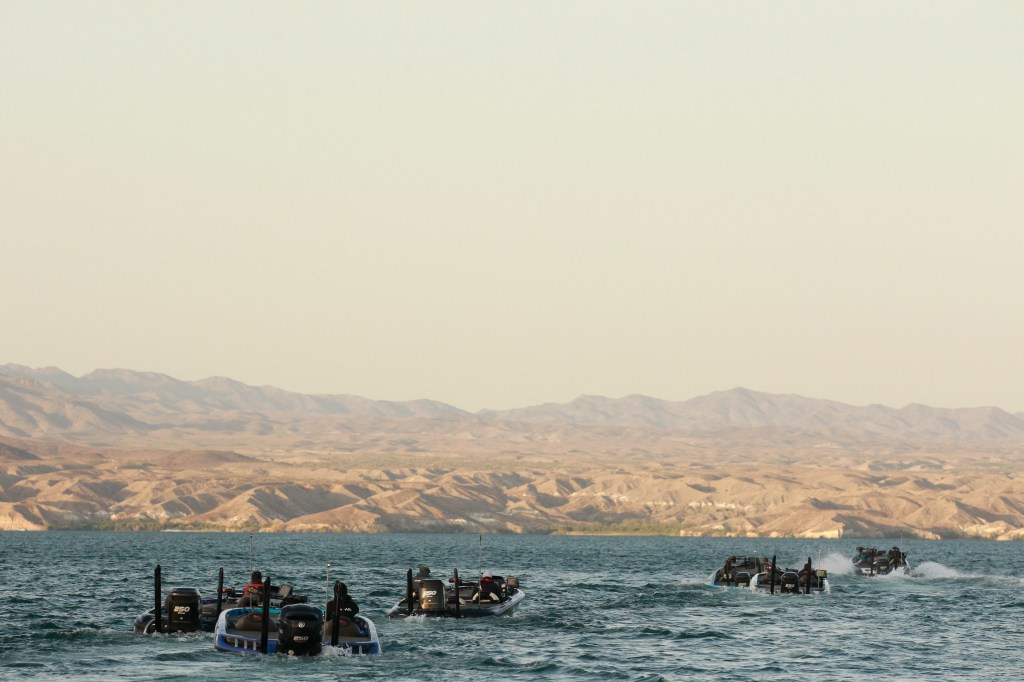
Havasu is a big body of water, but with an average depth of 33 feet, it’s relatively shallow by Western reservoir standards. That, combined with mild winters and lots of artificial habitat, is good news for bass anglers. Equal numbers of smallmouth and largemouth can be taken year-round here, including some trophies, with the key to catching a particular species simply changing areas. A three-day total of 47.25 secured the win at the 2022 TNT Fireworks B.A.S.S. Nation Western Regional this year. Big fish was 8.81.
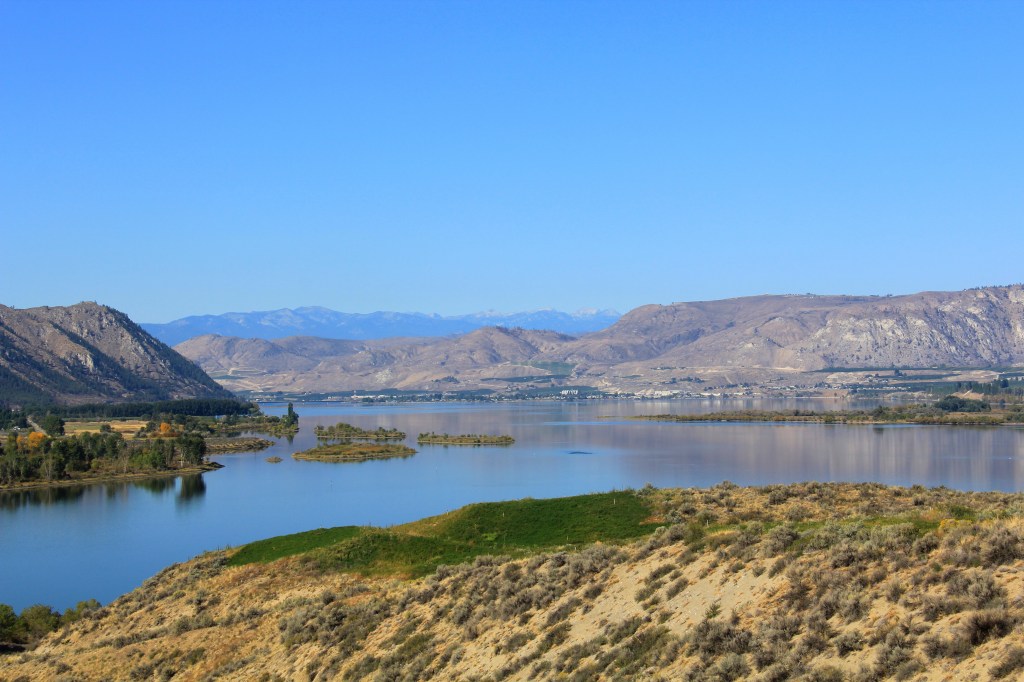
Salmon and steelhead have always been the stars here. Unfortunately, due to stock declines, there have been efforts to reduce predatory non-native fish populations. It will take years to evaluate the effects of the removal of bass creel and size limits. But for now the Columbia remains a top Western fishery. Smallies dominate the flowing waters, while quality largemouth are common in backwater areas. It took 24.44 to win an Oregon B.A.S.S. Federation Nation tournament in April.
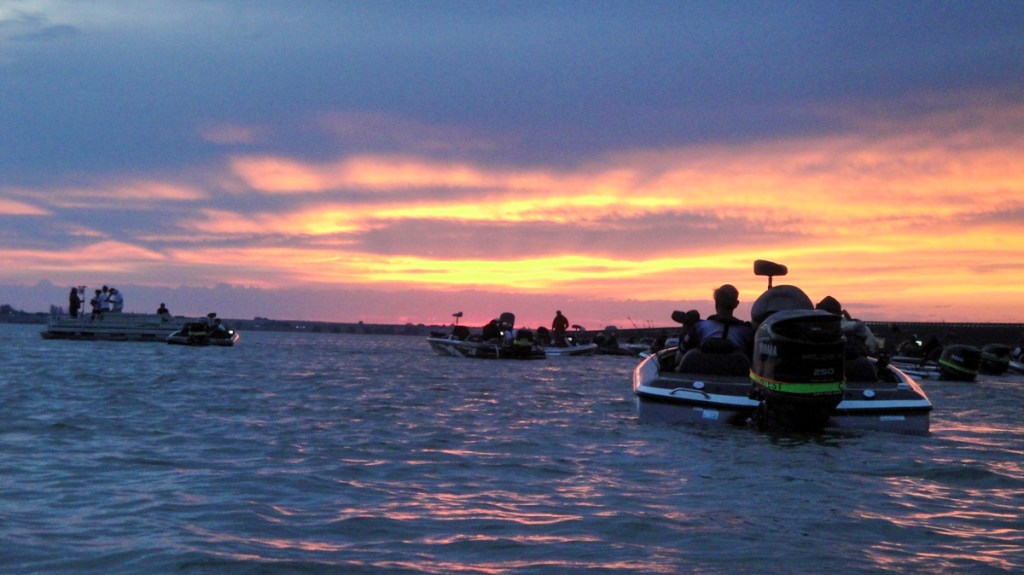
More than 11,700 years ago Glacial Lake Missoula floodwaters carved out depressions in the Washington landscape. And thousands of tiny islands, surrounded by these natural potholes, were created with the building of O’Sullivan Dam. Water level fluctuations allowed the establishment of willows on the islands, creating perfect largemouth habitat when submerged. There are smallies in rocky areas, too. The top team at a March American Bass contest weighed 24.85, anchored by a 6.24-pound fish.
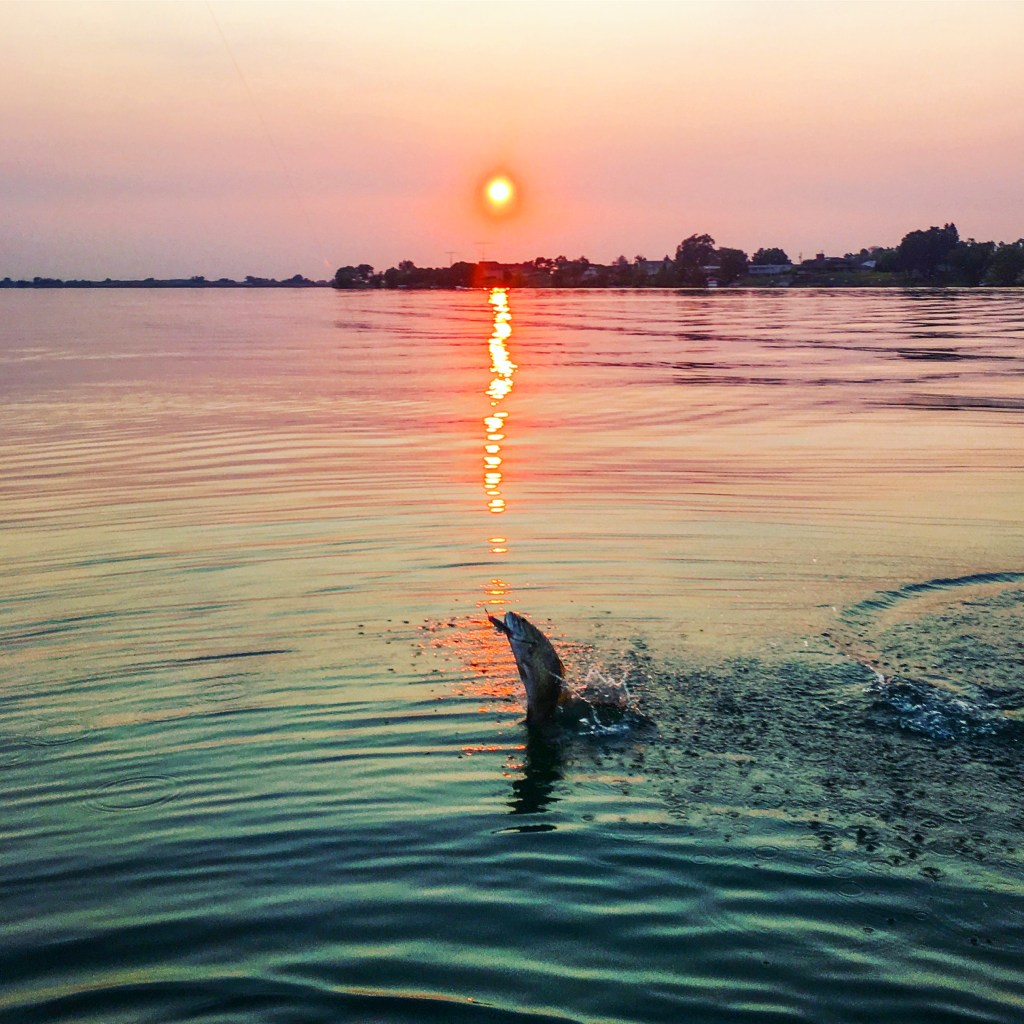
Named after the leader of a local Native American tribe, Moses Lake sits in Washington’s Southern Cascades. With only three months of warm weather, you wouldn’t think that bass would put on much weight here. But for a Pacific Northwest fishery, they do. Smallmouth dominate at Moses, with fish often exceeding 5 pounds. Largemouth, which get even bigger, can be found in select areas, too. Big fish at a Spokane Bass Club event in March tipped the scales at 6.14 pounds. The largest smallie of the tournament was 5.42.
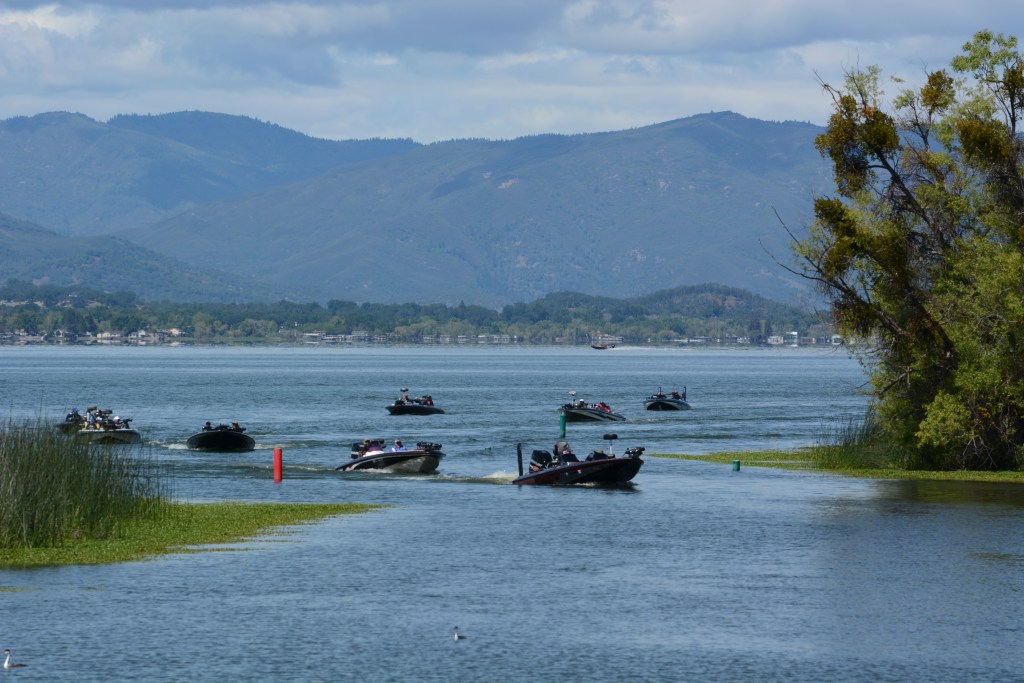
The current mega-drought in the West is having one of the largest negative impacts on the country’s biggest reservoir. Parts of the lake never seen since its filling are being revealed, including the original water intake valve. But even at only 30% full, it appears that Mead will remain open to recreation, although more dangerous for boaters, with its quality bass available to anglers. The first-place duo at an Ultimate Bass Team Tour event in April weighed 18.75 pounds. Big fish at this one was 6.16.
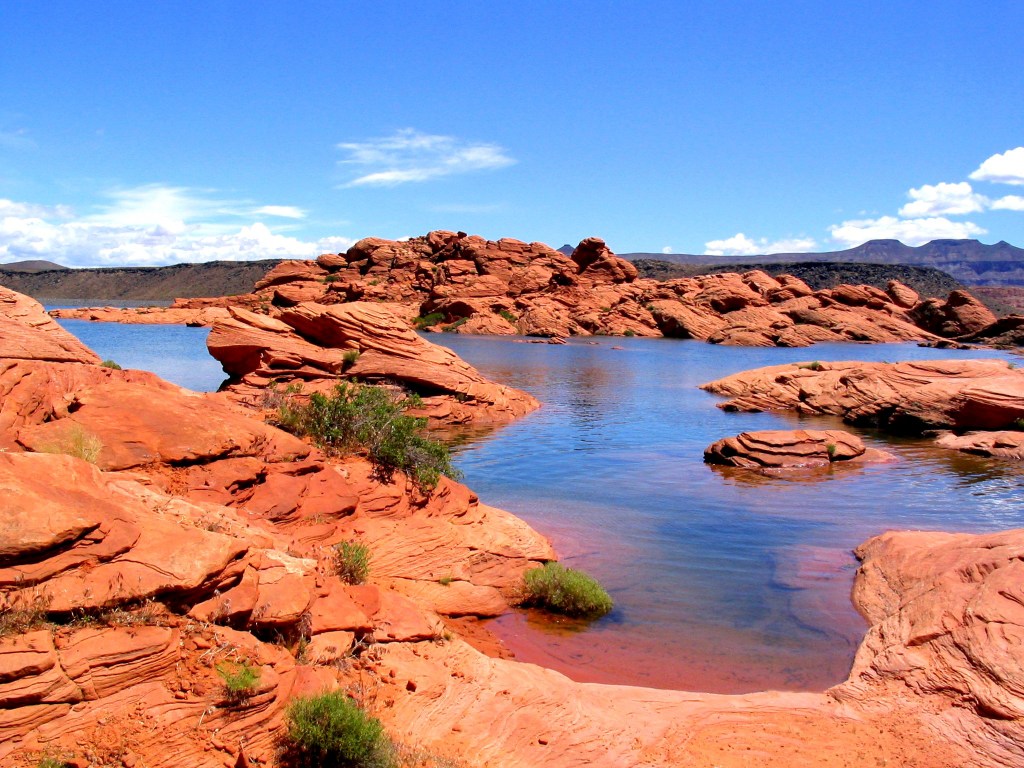
This relatively young reservoir is the key to providing drinking water to Utah residents during the ongoing drought. It also remains one of the best places to catch big largemouth thanks to a six-fish limit, with only one over 12 inches allowed. The bad news is that bass weights continue along a declining trend again this year. It has typically taken well over 15 pounds to win here, but the 2022 contests we surveyed were won with only 11 to just over 15 pounds. Big-fish weights ranged from 4.5 to 6.1 pounds.
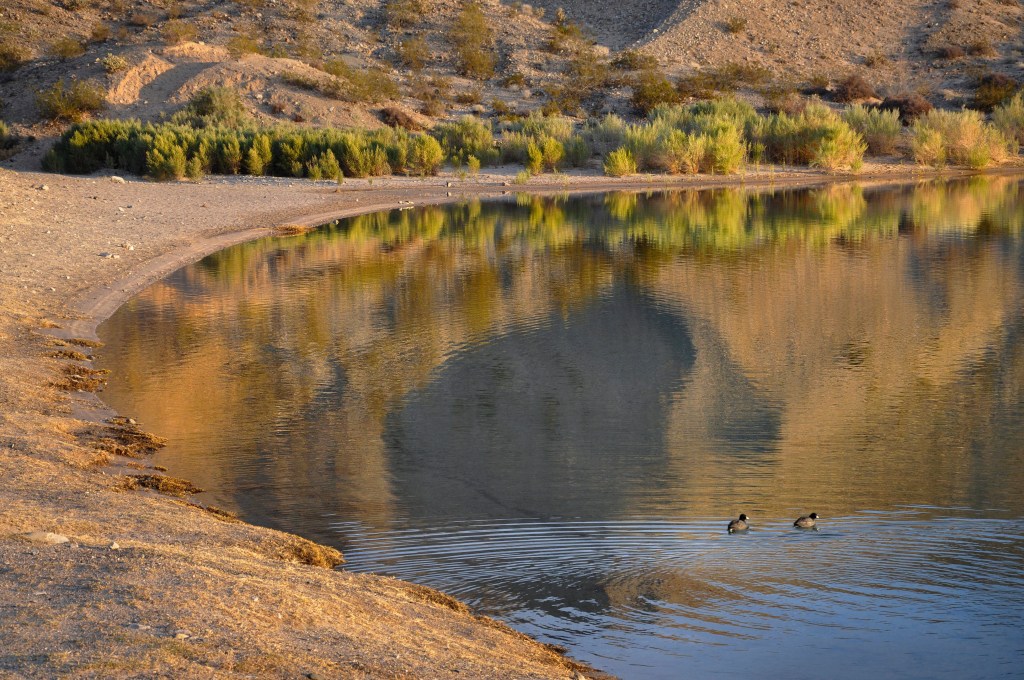
The mixing of cold, nutrient-rich waters with warmer lake waters in Eldorado Canyon is a textbook recipe for high productivity. And that equates to a healthy food chain. Earl Conway, New Mexico B.A.S.S. Nation conservation director, says that Mohave remains one of the region’s top lakes in terms of bass quality despite a few smaller waters in the northern part of the state fishing better. It took better than 20 pounds to make the Top 6 on the pro side at the WON Bass Laughlin Open in March.
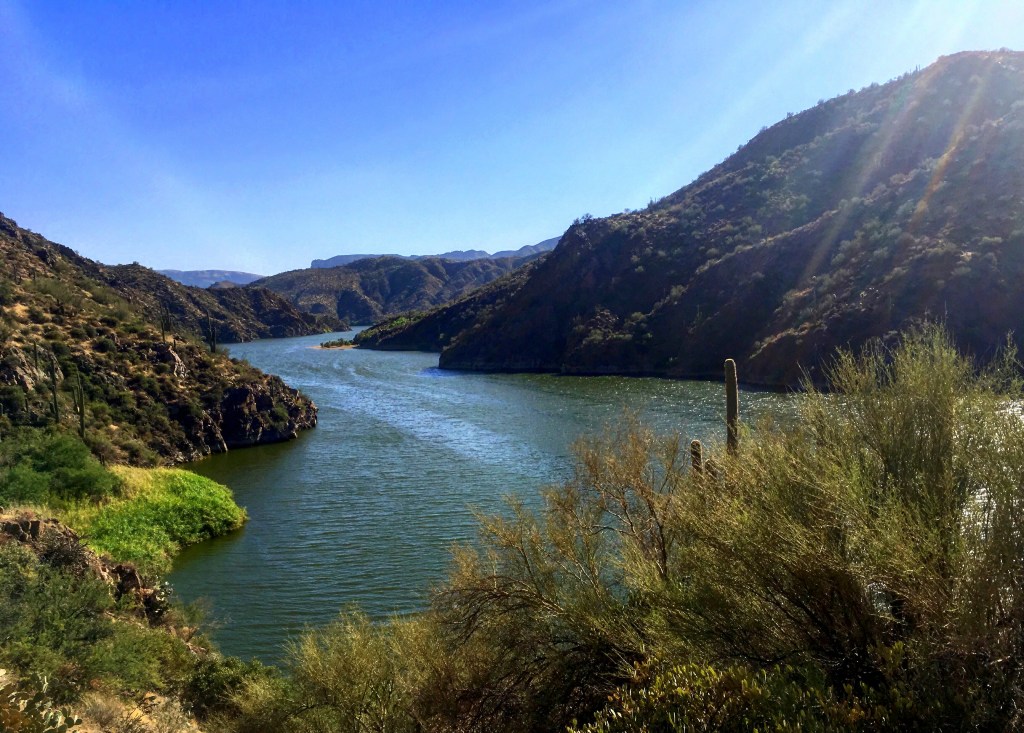
It’s a long trip to the Superstition Wilderness and Apache that includes an 11-mile unpaved section of State Highway 88. But its remoteness leads to less fishing pressure than at other Arizona waters. The end results are excellent largemouth and smallmouth fisheries. Bass average only 2 to 3 pounds here, but those who go say it’s the number of fish caught that makes the trip worthwhile. And there are some larger fish, too. Big bass at a Bass Federation tournament in March weighed 7.4 pounds.
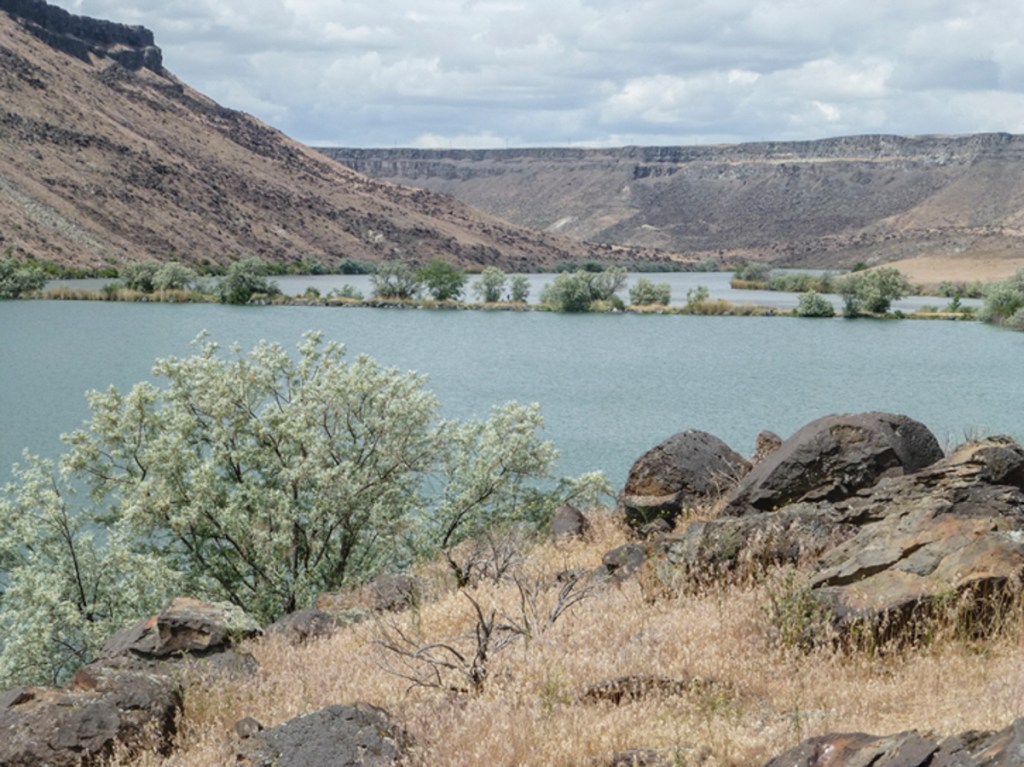
The damming of the Snake and Bruneau rivers created the narrow arms of this elongated reservoir. And its relatively stable water levels lead to consistent fishing. Smallmouth are the most abundant species swimming C.J. Strike’s cold waters, but anglers often need to find one or two largemouth to win tournaments here. The winning team at a Mountain Home Hawg Hunters event in April had 23.51 pounds, with six smallies and four chunky largemouth that included the 5.70 second-biggest fish.
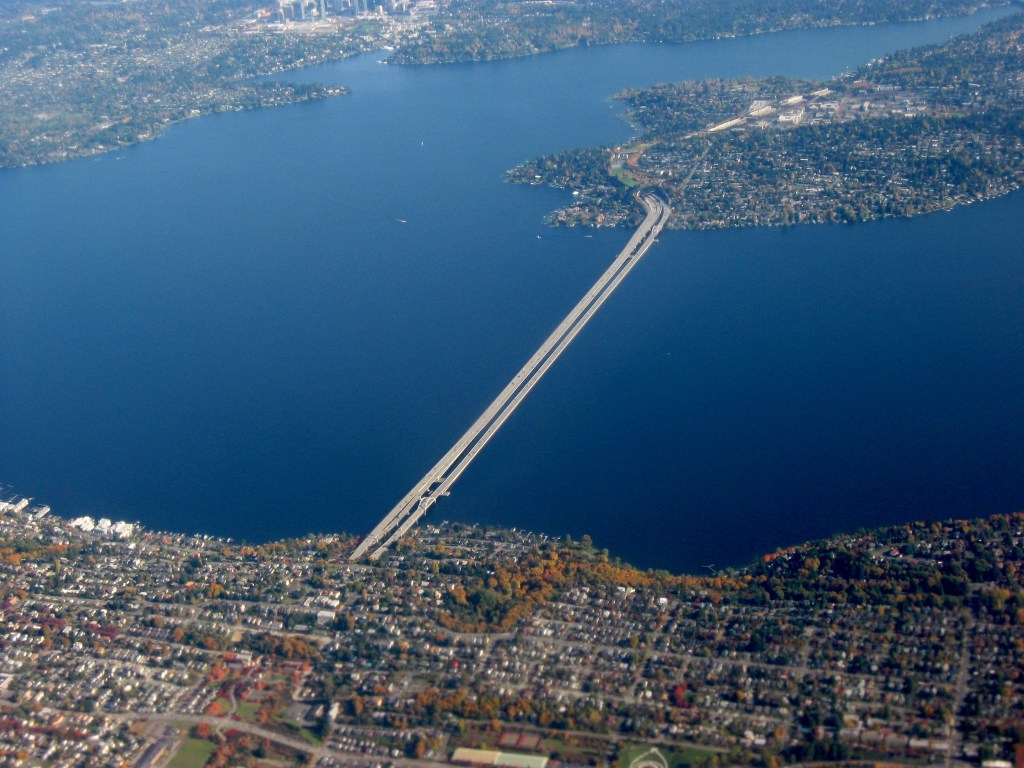
This is the second-largest natural lake in the state, and that’s fortunate considering it’s just over 2 miles from Seattle as the crow flies. There are smallmouth and largemouth here, with the former dominating. And both get big, with tournament anglers winning with a limit of either. The Washington Bass Association’s Mike Albertson Open was won with five smallies weighing 19.74 pounds. The second-place team had a limit of largemouth for 19.56.
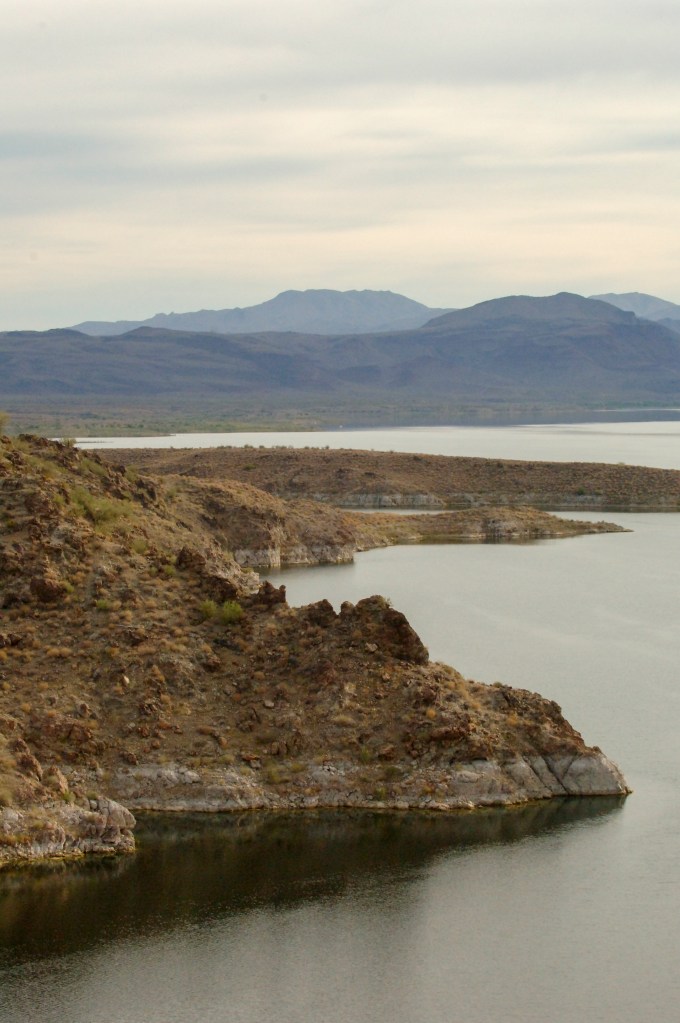
Located 40 miles southeast of Lake Havasu City, Alamo’s quality largemouth are sometimes overlooked by anglers heading to bigger and better-known reservoirs. But the anglers who fish here regularly know that its crystal-clear waters shouldn’t be overlooked. The lake’s one downside is its abrupt water level fluctuations that can make catching bass tough. So, try to go when things are stable. A Midweek Bass Anglers tournament in March was won with 18.77, with the seventh-place team weighing in the 5.64 big fish.
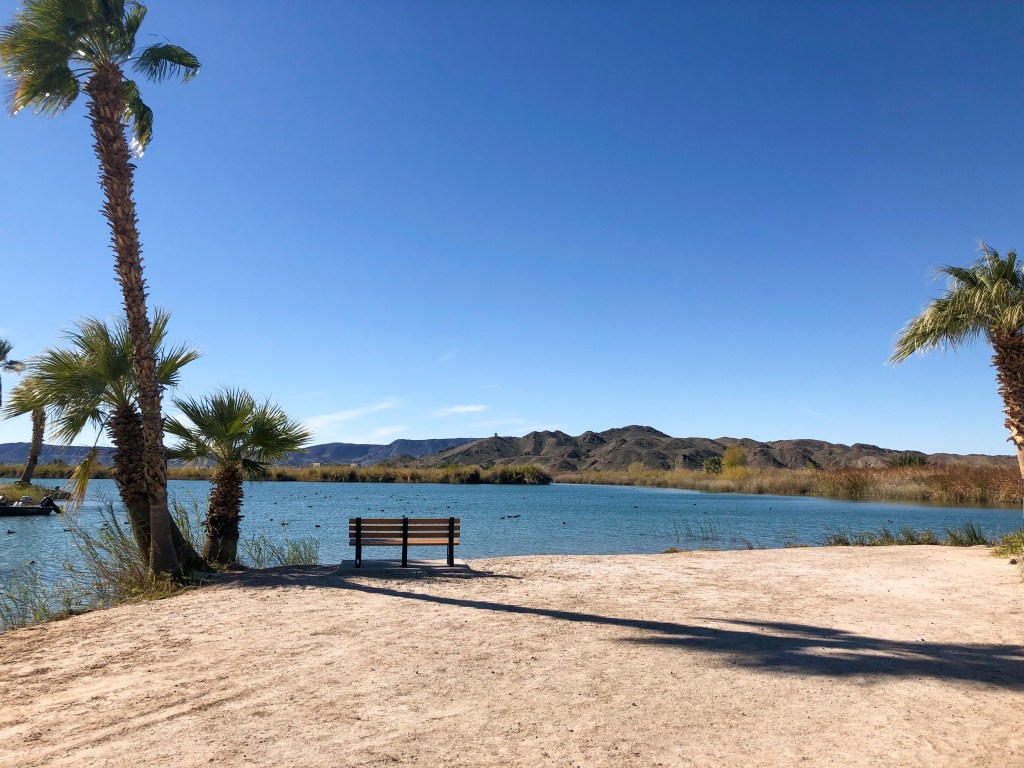
The importance of the Colorado is well known, delivering drinking water to over 30 million people, irrigating 5.6 million acres of prime agricultural lands and providing critical habitat to six threatened and endangered species. But it’s also one of the few river-fishing opportunities bass anglers will find in the West. The Imperial Dam creates a bounty of backwaters and small lakes ideal for growing quality fish. It took 17.85 to win an American Bass tournament out of Fisher’s Landing in January.
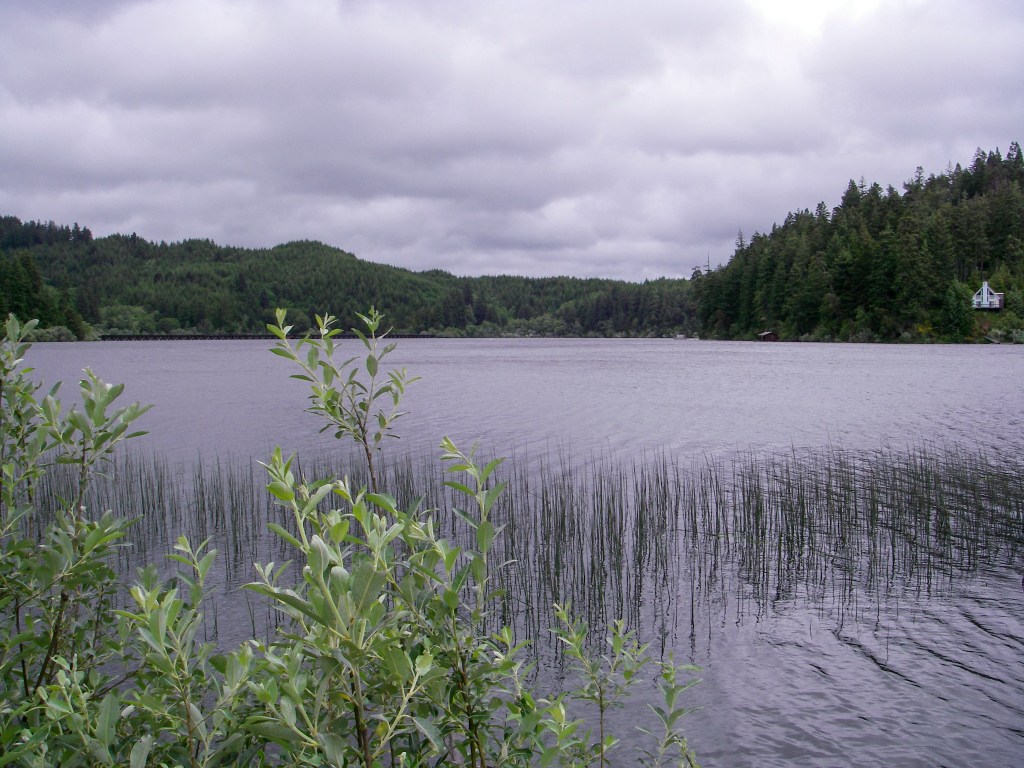
Tenmile was originally known for its steelhead and salmon. But the removal of wetlands and increased sedimentation have turned it into a warm-water lake ideal for growing bass. Lonnie Johnson, Oregon B.A.S.S. Nation conservation director, says Tenmile is his pick for the state’s top fishery. And although tournament landings at Siltcoos and on the Columbia have been better this year, it remains one of the best thanks to a 5.7-pound big fish landed at a Tenmile Bass Club event in February.
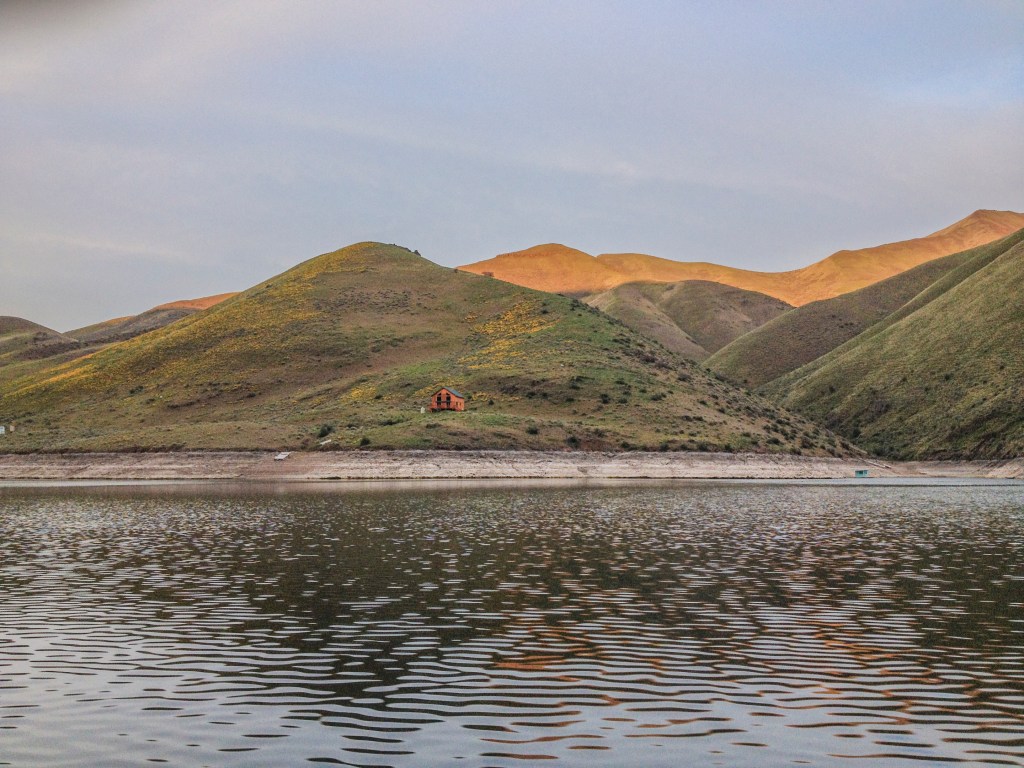
Fly over Brownlee and you’ll likely be asking the pilot where the reservoir is. That’s because this long, narrow impoundment looks like nothing more than a wide reach of the Snake River. Its main feature is the steep, rocky banks that flank each side. And although both largemouth and smallmouth can be found here, the habitat favors the smallies that almost always dominate catches. During an April Snake River Bassmasters contest, the entire 22-team field brought limits to the scales — all bronzebacks.




